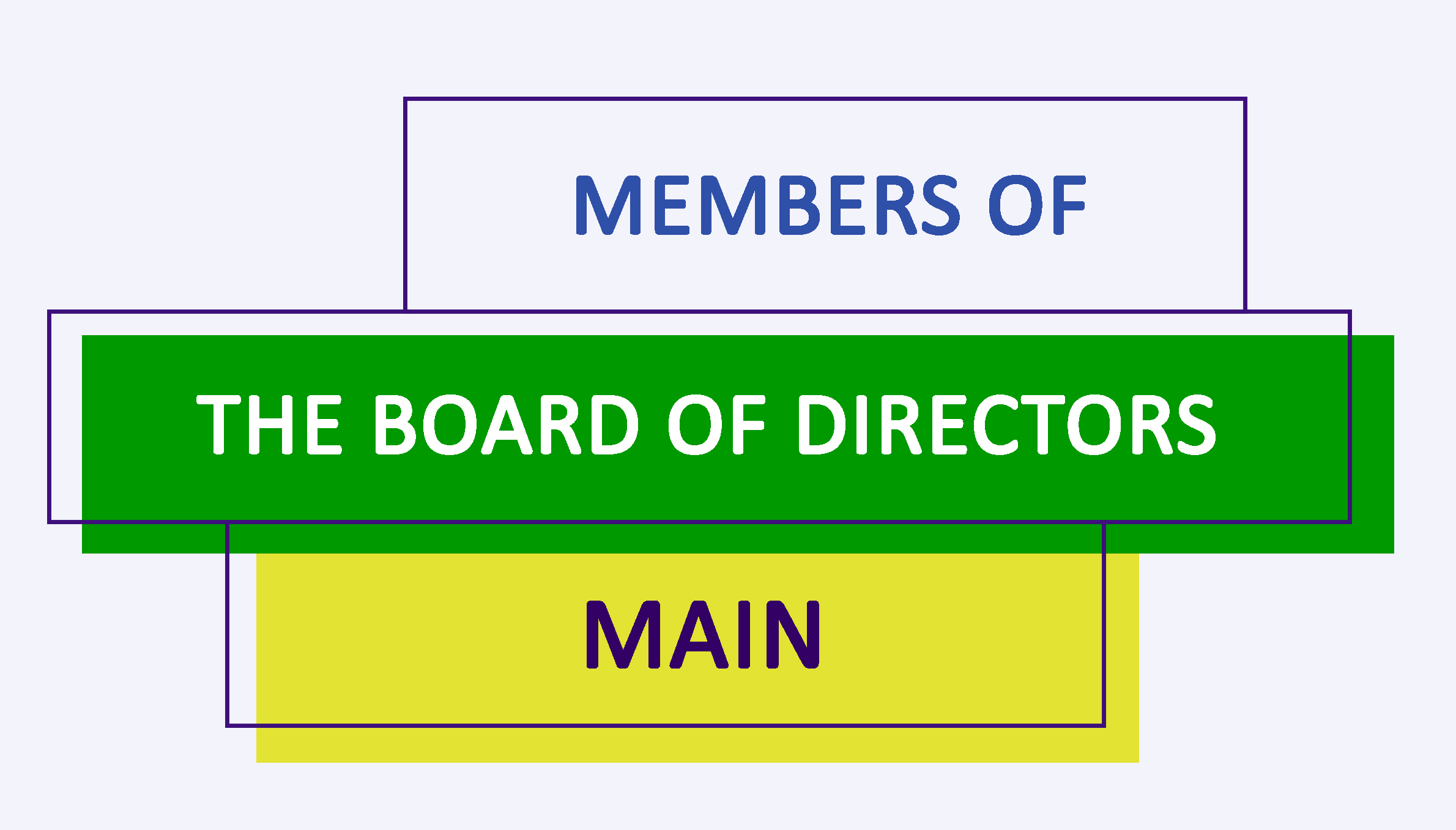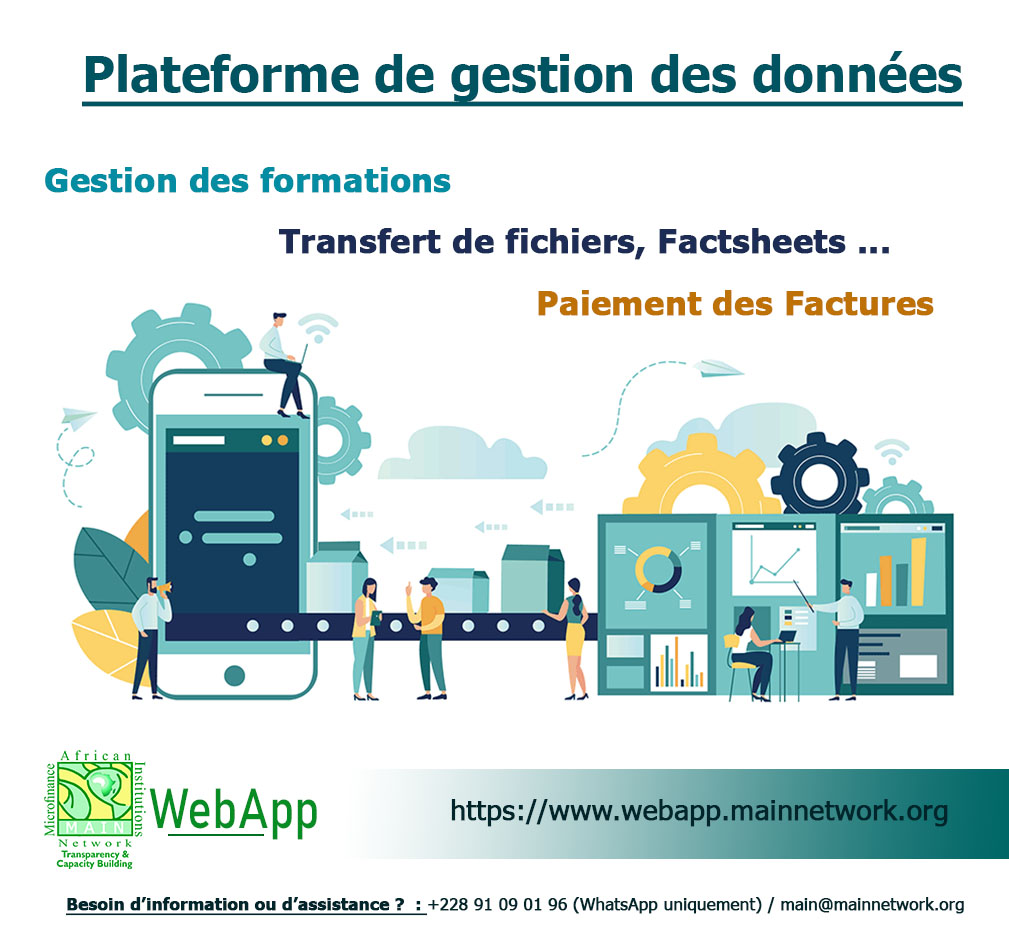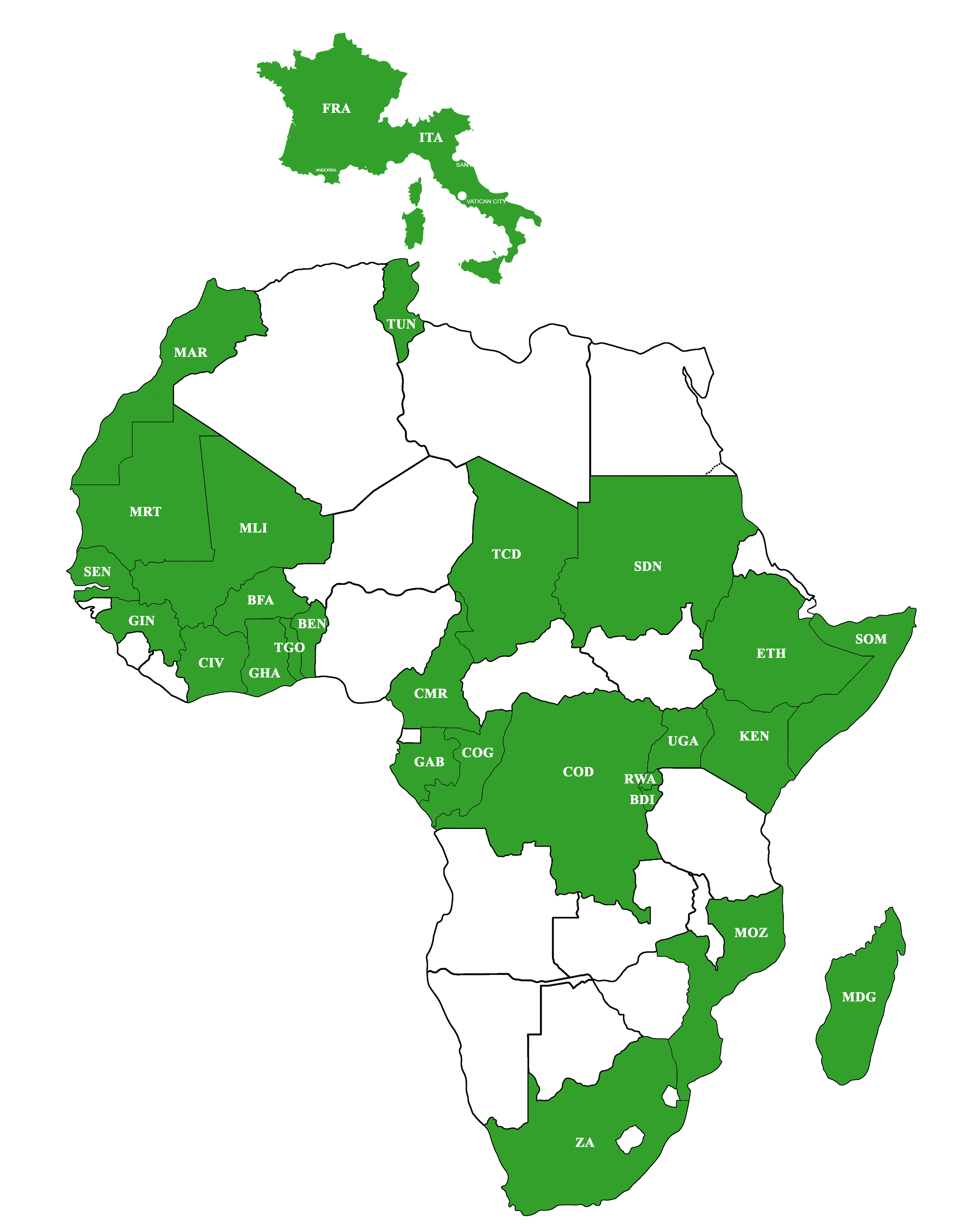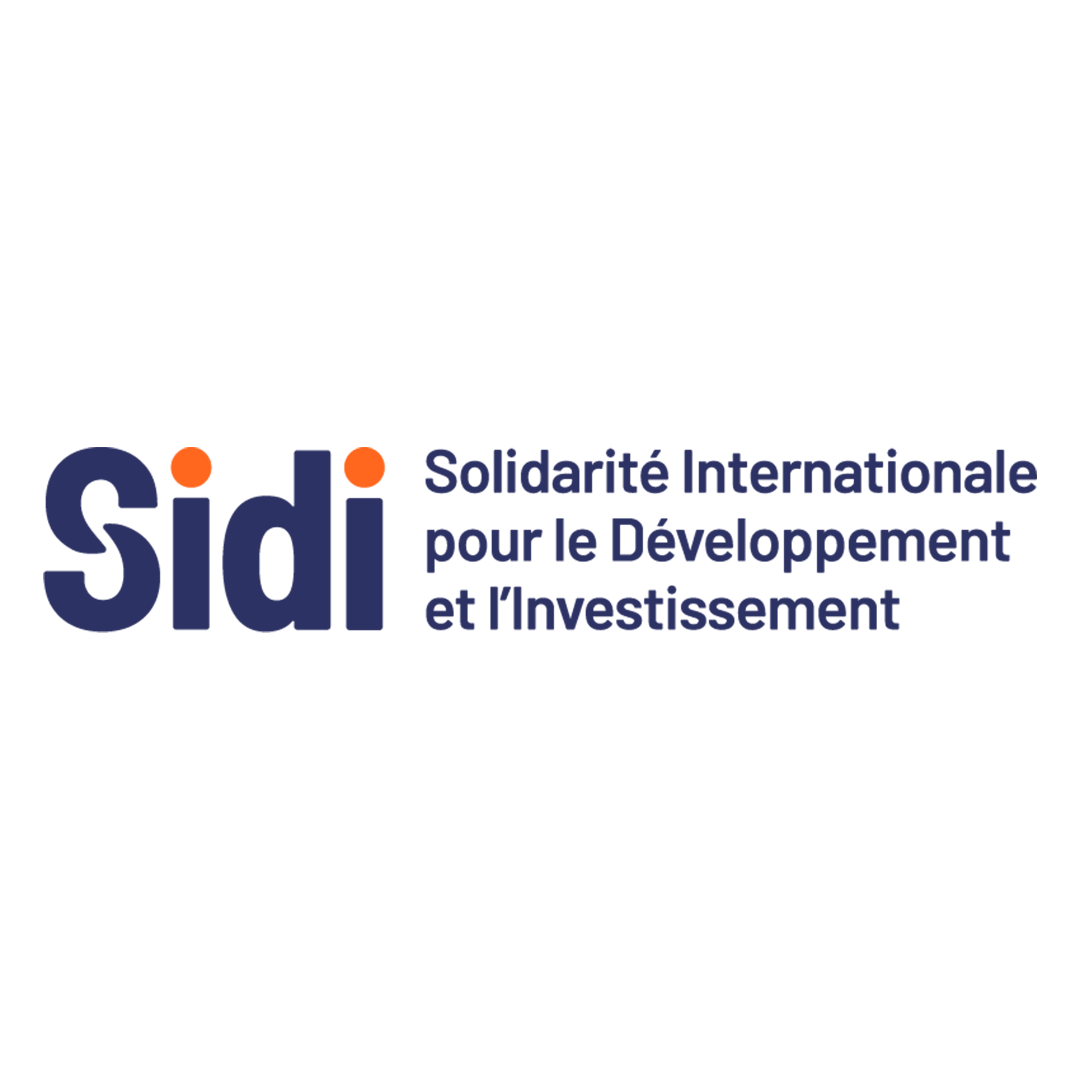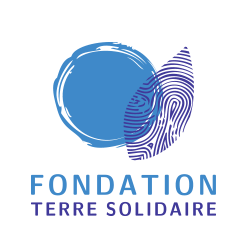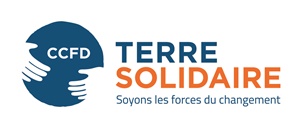
CAPITALIZATION WORKSHOP OF THE INCUBATOR PROJECT IN ECOLOGICAL AND SOCIAL TRANSITION (EST)
Scheduled for a period of 18 months, the pilot phase of the project ends on December 31, 2022.
In order to learn lessons from these 18 months’ pilot project implementations and sharing experiences with other MAIN network members, a capitalization workshop was organized online on Thursday, December 8, 2022.
Alternately, Very Small Enterprises (VSEs) (Green Industry Plast Togo (GIP-TOGO) Sarl-U, a company specializing in collection, sorting and recycling of plastic waste, RUCHE/SETRAPAL whose main activity is drying and processing of organic food products, in particular drying of pineapples and fresh mangoes and their marketing, EGENT TOGO, an Electrical Engineering and New Technologies and AgroSolutions and Development (ASD), a company that produces and markets organic soybean meal and oil, floating granules for Tilapia and catfish, complete and complementary feeds for poultry , ruminants and monogastrics) presented within the framework of internal environment on improvements, difficulties, new risks, changes that have occurred in the following areas during the 18 months of the project :
- Management of their institution
- Decision method
- Organization
- Production
- Products
- Services
- Marketing / sales
- Logistics
- Human ressources
- Accounting
- Financial ressources
- Material resources
- Follow up
- Control
Regarding the external environment, Microfinance Institutions (MFIs) and Very Small Enterprises (VSEs) have looked at improvements, difficulties, new risks, changes in the following areas:
- Competitors / competitive position
- Customer base
The capitalization workshop ended with exchanges between project actors’ which are MAIN, the Consultant, the MFIs and the VSEs.
MFIs and VSEs have expressed their wishes for the second phase of the project in order to make the theme well anchored in the financial sector.
As a conclusion of the capitalization workshop, recommendations were made.
Regarding lessons learned:
- Let the internal environment be adaptable to the challenges of EST but requiring significant provisions for adaptation
- May the external environment be evolving, encouraging actors to anticipate in order to be effective and efficient
On the wishes of MAIN / SME partners:
- There should be more follow-up (longer duration > 1 year) with the SMEs to improve the process and better integrate the theme of EST
- May experience be lead to accelerator funding to broaden the impact of their mission
- communication be made on a large scale to create the beginning of change in the sectors targeted by the EST
As for the wishes of partners of MAIN / MFI Accelerators of SMEs
- there is more line of financing to support the activities of SMEs
- there are more Human Resources to follow up (reinforcement of National Financial Inclusion Strategies)
- more training on human resources and customer level to better integrate EST
GREEN MICROFINANCE: A SIMPLE IDEA WITH HUGE POTENTIAL
On December 14, 2022, a webinar was organized by Microfinance African Institutions Network (MAIN) on the theme: Green Microfinance: A Simple Idea, with great Potential. Led by three eminent experts in green microfinance, Davide FORCELLA, Charlot RAZAKAHARIVELO and Abdou Rasmane OUEDRAOGO under the moderation of Professor Frédéric KALALA.
For one hour and forty-seven minutes, these three experts on Ecological and Social Transition (EST) issues shared techniques for designing green products and services, and lessons learned on how to use green microfinance as a catalyst for growth financial inclusion, while preventing the associated risks. Panelists also looked at the different types of green technologies an institution could fund and support, their multiple benefits, and in particular what products and services (financial and non-financial) an institution could develop. They presented existing products with concrete examples and field experiences.
What do we learn from the different presentations? To succeed in Green Microfinance it is important to establish bridges and partnerships at all institutional and macroeconomic levels while keeping in view the vulnerability at the level of the clients and the institution and the negative impact also called ecological footprint of institution and clients on their environment. The relevance of the index insurance product, which is agricultural and therefore environmental insurance, should also be taken into account by any institution wishing to engage in green microfinance. It is also necessary to implement a managerial organization for the supply of green products, an organization that involves diversification of green products, adoption of a partnership model based on the complementarity of each other and limitation of the number of interlocutors to avoid the loss of customers. To do this, it is wise to scientifically develop a “Gains/Environmental Impact” matrix, with the possibility of identifying the profitability for each product, service, practice and technology.
WHEN IS INTEROPERABILITY RIGHT FOR MICROFINANCE?
Instant Payment Systems (IPS), the infrastructure systems enabling real-time, interoperable payments, continue to gain traction around the world. Solutions like Pix in Brazil, Raast in Pakistan and QRIS in Indonesia are changing the way users transact and expanding the horizon for what’s possible when it comes to payments.
Policymakers are increasingly looking toward these systems to help advance financial inclusion goals. Often, this means a universal vision that sees the smallest microfinance organization or savings collective connected to the largest bank. For account holding institutions, this typically means allowing customers to make payments to other providers. For non-account holding institutions (e.g., MFIs), this means enabling digital disbursement and repayment from existing stores of value.
Either way, the argument is simple: all institutions should benefit from the gains presented by real-time, digital payments. In other words, leave no institution behind. But is this the right strategy? New evidence from CGAP interviews with more than 40 small financial institutions (microfinance and rural) suggests a more complex picture.
Not surprisingly, small institutions face the biggest capacity constraints. And while they often serve the poorest and most vulnerable customers, they also typically lack the financial and technical capacity to easily join instant systems. More importantly, the strategic alignment of joining a real-time payments infrastructure can vary greatly by institution.
CGAP research suggests that small financial institutions typically fall into three categories related to their strategic and operational readiness for interoperability.
